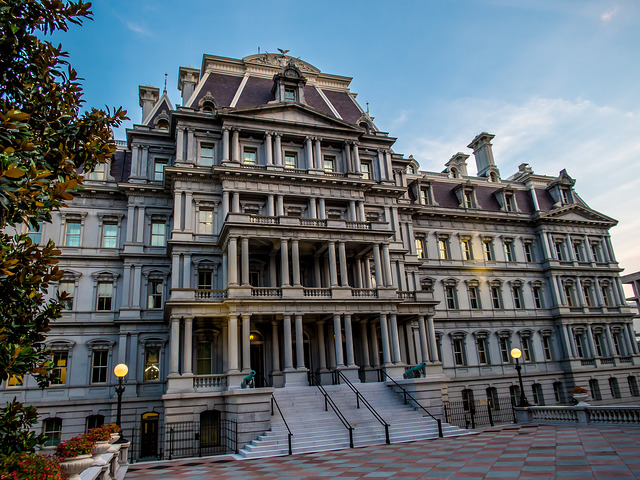
When a regulation’s benefits exceed its costs, simplicity and interdisciplinary processes are essential to reducing capture.
Regulatory capture arises when regulatory decisions advance private interests over the interests of the public. How do we prevent capture? The best way is often not to regulate at all. But when regulation is truly needed, it should be established through transparent procedures that involve checks and balances.
Economists trace the idea of regulatory capture back to the 1970s, to the work of Chicago economists George Stigler and Sam Peltzman. Regulatory capture also forms a core part of the public choice work in economics. More recently, legal scholars, including previous work by historians such as Gabriel Kolko, have started to embrace (or re-embrace) the challenge of preventing capture.
Much regulatory capture could be prevented simply by not regulating at all. This is because many regulations are little more than rent-seeking. Much of occupational licensing, for example, falls under this category. Entry restrictions on hair-dressers and florists provide little, if any, public benefit. In instances where regulation is not justified by public benefits, the solution is to simply not regulate all, thus eliminating the potential for capture and its associated costs.
But what about cases where there is some potential public benefit to regulatory intervention? Here too, the answer may be to do nothing.
For one thing, the likelihood of capture should always be considered when thinking about the costs and benefits of regulation. This should make policymakers more skeptical that the net benefits of a given regulation will be positive.
For another, in some cases of capture, the costs of either reducing industry influence or of living with the capture are greater than any benefits possible from the ideal regulation.
The difficult cases are those where a regulation is likely to have benefits that exceed the costs, even when including those costs resulting from capture. In such cases, there still is a need to fight regulatory capture. We do not simply want benefits to exceed costs; we want benefits to be maximized. So what are the best avenues for reducing the likelihood and costs of capture?
The first is simplicity. Special interests have the most influence when the complexity of an issue makes regulators more dependent upon the industry in order to understand the issue. One example of how complexity can lead to capture lies with bank capital standards. The more complex that capital standards have become, the less actual capital there seems to have been in the banking system. Complexity also reduces the ability of third parties, included the public, to monitor the effectiveness of the regulatory system.
Second, the regulatory and legislative process should become more interdisciplinary. I have repeatedly seen industry tilt regulation in its favor because the government lawyers that dominate policymaking simply did not understand the economics of an issue. I am sure there are also examples where lawyers did not understand scientific details of an issue to the public’s detriment.
Making the regulatory process more interdisciplinary not only brings greater diversity of perspective to the process but also can bring more voices. Checks and balances are an important avenue for reducing capture. Does anyone doubt that capture would be even more likely if we had just one house of Congress instead of two?
The same holds for the regulatory process. On a positive note, the Office of Management and Budget (OMB) and the Council of Economic Advisors (CEA) have successfully brought more checks and balances to rulemaking. The importance of diffuse decision-making should also lead us to prefer multi-member commissions over single directors when considering the structure of independent agencies. Forcing greater deliberation can also help avoid so-called cognitive capture and other behavioral biases that often plague regulators.
One Washington trend that has made capture more likely is the unfortunate prioritization of expediency over process. When Congress debated and passed the Administrative Procedure Act (APA) in the 1940s, opponents incorrectly predicted that the law’s procedural requirements would stifle government. The APA has not impeded governmental action, but its notice-and-comment procedural requirements have greatly reduced capture and increased transparency, especially compared to the cartel-inducing practices of regulators in the 1940s. But today, regulatory agencies are too often trying to circumvent the APA’s procedural requirements for the sake of expediency. We should resist that trend.
Ultimately, two ideas are fundamental to combatting capture. The first is that the likelihood of capture needs to be taken into account when conducting cost-benefit analyses of regulation. When the costs of a regulation, including the costs of capture and its potential, outweigh benefits, the solution is simply not to regulate. The second idea is that when public benefits do justify a regulation, increasing checks and balances, diversity of thought, diffusion of decision making power, and public transparency will decrease the chance of capture.
This essay is part of The Regulatory Review’s sixteen-part series, Rooting Out Regulatory Capture.




